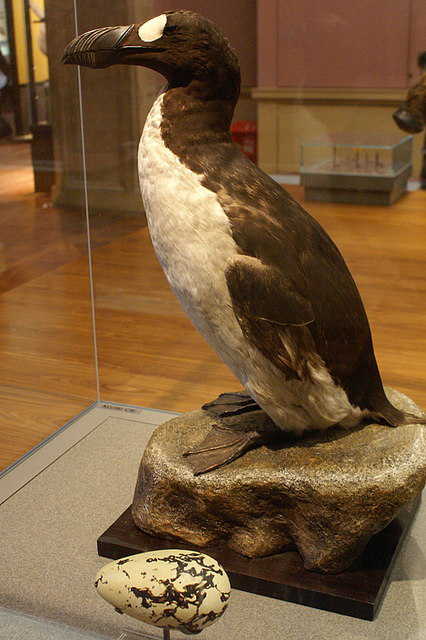Extinct bird may stage a comeback
London, August 21
Scientists are planning to bring the extinct great auk back from the dead, almost 200 years after the penguin-sized, flightless birds disappeared. A team of researchers met at the International Centre for Life in Newcastle to discuss reintroducing the flightless marine birds onto the Farne islands off the north-east coast of England.
Until the species’ final extinction in the middle of the 19th century, great auks ranged across the Atlantic from Northern Europe to Iceland, Canada and the US. The size of a medium penguin, it lived in the open ocean except for when it waddled ashore for breeding. Flightlessness made the birds vulnerable to human hunting and exploitation for its meat and feathers that reached industrial scale.
(Follow ; and )
Attempts to regulate the hunting as early as the 16th century were fruitless. In 1844 the last birds in the final known colony on an island off Iceland were killed.
Revive and Restore, a US-based research institute, which attempts “genetic rescue” for endangered and extinct species, said it can recreate the species and gradually restore it to its old breeding grounds, the ‘Telegraph’ reported. The scientists want to extract great auk DNA from fossils or preserved organs and then use digital data to sequence the animal’s entire genetic code, or genome. The important genes — those particularly characteristic of the great auk — would then be edited into the cells of its nearest living relative, the razorbill. Fertilised embryos would then be implanted into a bird big enough to lay a great auk egg, probably a goose. — PTI










